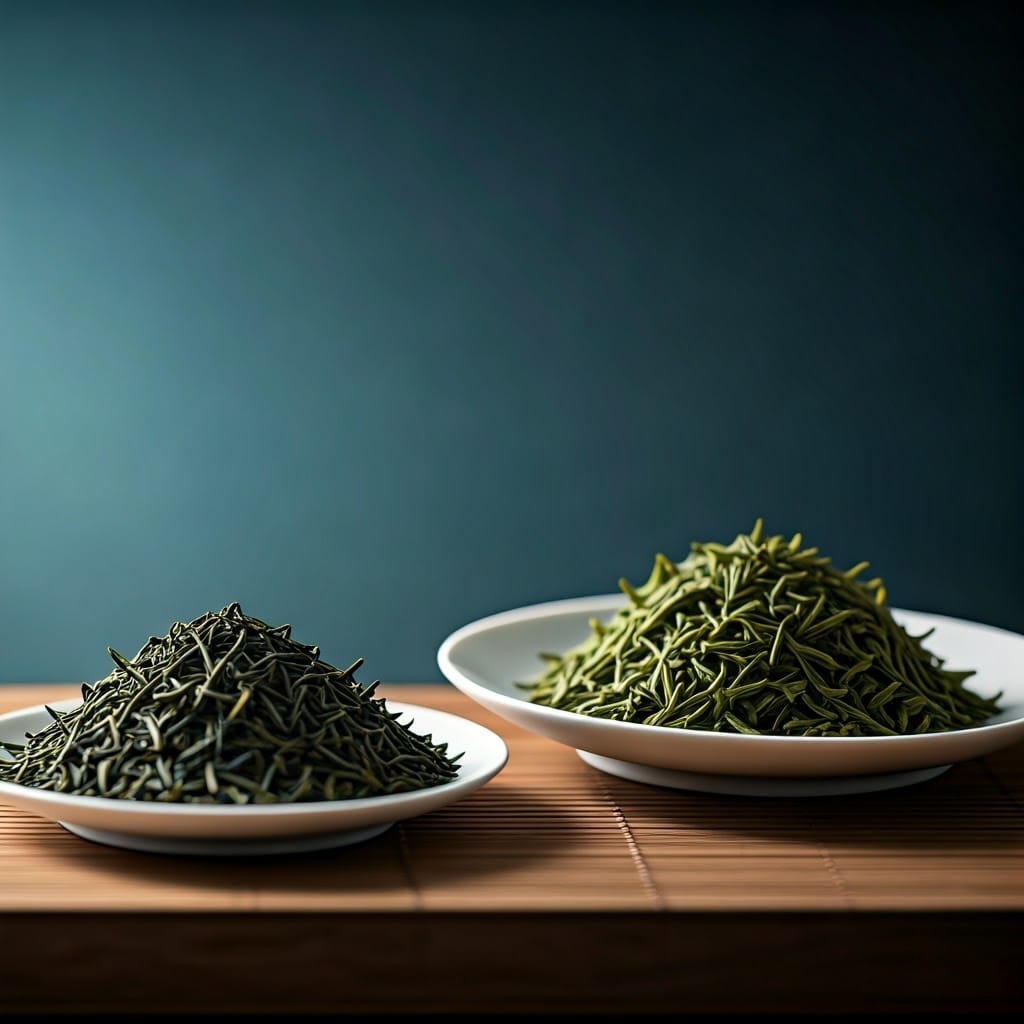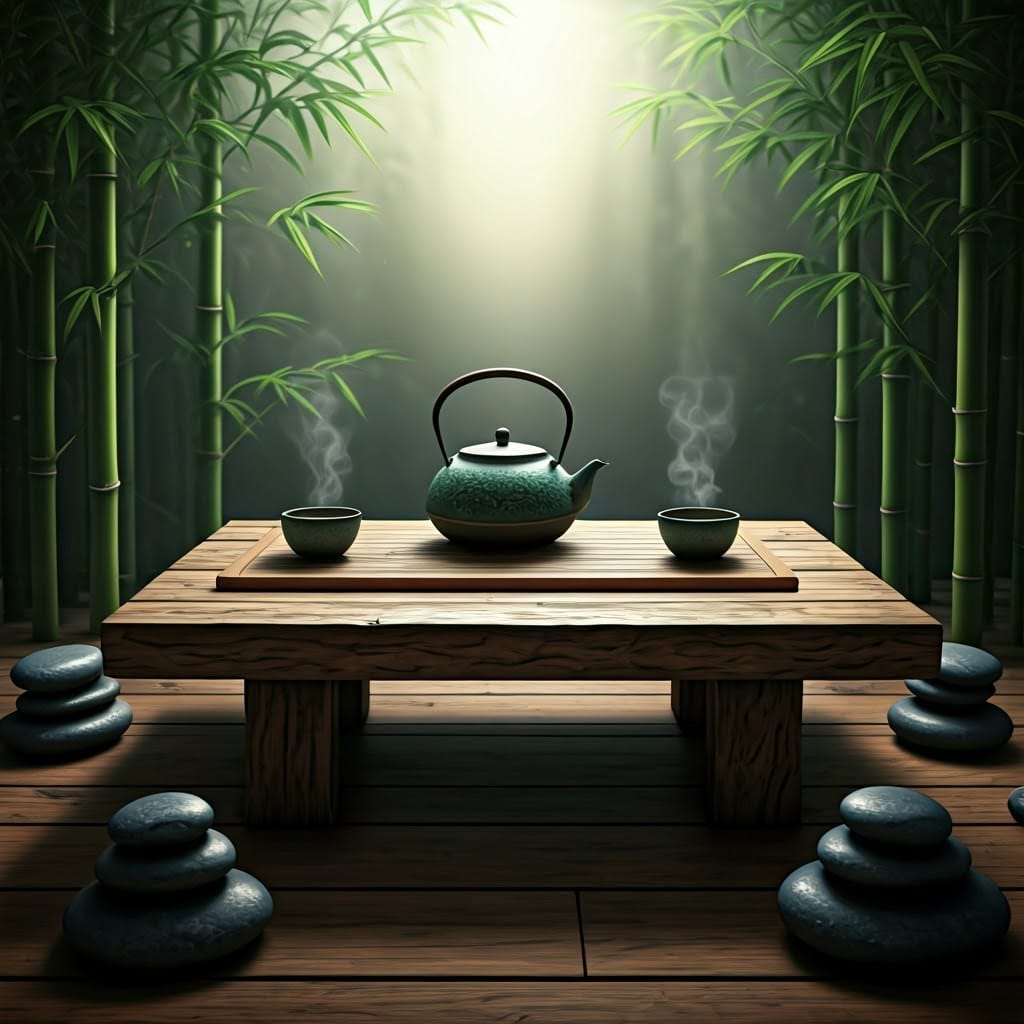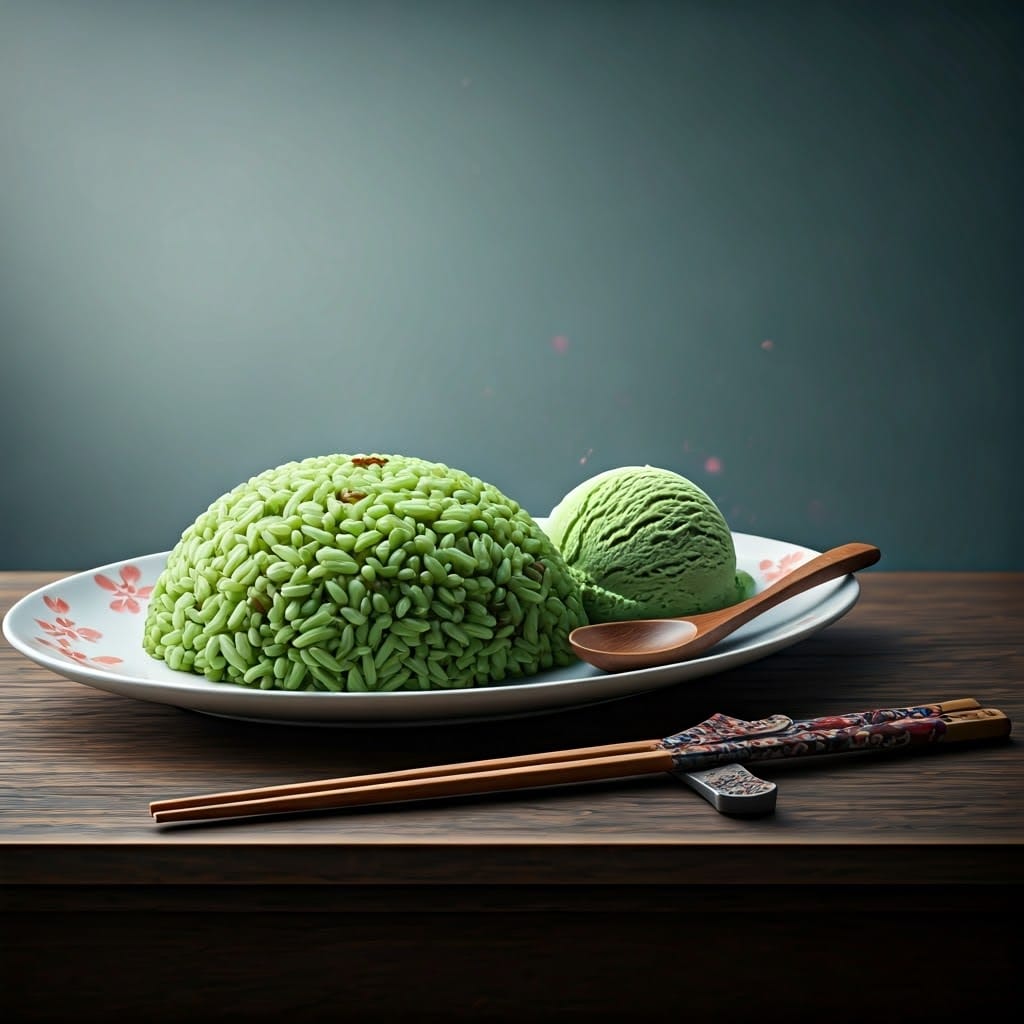Introduction
If you’ve ever been curious about Japanese green tea, chances are Sencha was the first one you encountered. As Japan’s most popular tea, it’s not just a beverage—it’s a cultural experience. Sencha accounts for over 70% of Japan’s tea production, making it a cornerstone of Japanese tea culture. Its refreshing taste, vibrant green hue, and countless health benefits have made it beloved worldwide. Whether you’re sipping it traditionally or incorporating it into a recipe, Sencha offers a world of flavor and wellness. Let’s dive into this iconic tea, its rich history, and why it’s a must-try for any tea enthusiast.

What is Sencha Tea?
Sencha is a type of green tea that originates from Japan and is distinguished by its light, grassy flavor and slight astringency. Unlike matcha, which is made from powdered leaves, Sencha is brewed from whole leaves steeped in hot water. The leaves are steamed shortly after harvest, preserving their vibrant green color and fresh taste. Sencha’s balance of umami and bitterness makes it a favorite in Japanese households and tea ceremonies. Its versatility also allows it to be enjoyed hot, cold, or blended into creative tea-based recipes.
The History of Sencha Tea
Sencha’s origins can be traced back to the 17th century, when tea-drinking habits shifted from powdered matcha to steeped teas. Nagatani Soen, a tea farmer in Uji, Kyoto, is credited with perfecting the steaming process that defines Sencha today. This innovation allowed tea leaves to retain their natural flavors and nutrients, creating a fresher taste compared to pan-fried teas from China. Over time, Sencha became a symbol of Japanese tea culture, celebrated for its simplicity and purity. Modern tea production has refined this process, but its essence remains rooted in tradition.
How Sencha is Made
The journey of Sencha from leaf to cup is an art form. After harvesting, the leaves are steamed to prevent oxidation. This step locks in the vibrant green color and fresh taste. The steamed leaves are then rolled into needle-like shapes, enhancing their flavor and aroma. Finally, they are dried to ensure a long shelf life while preserving their delicate characteristics. Variations in steaming duration give rise to different types of Sencha, such as Fukamushi (deep-steamed) and Asamushi (light-steamed), each with its unique flavor profile.

Health Benefits of Sencha Tea
Sencha isn’t just delicious—it’s a powerhouse of health benefits:
- Rich in Antioxidants: Catechins in Sencha combat free radicals, reducing the risk of chronic diseases.
- Boosts Metabolism: Its natural caffeine and catechins promote fat burning and energy production.
- Supports Heart Health: Regular consumption has been linked to lower cholesterol and improved cardiovascular health.
- Enhances Mental Clarity: The amino acid L-theanine in Sencha promotes relaxation and focus.
Comparatively, Sencha provides more vitamin C and antioxidants than other green teas, making it a go-to choice for health-conscious drinkers.
How to Brew Sencha Tea Perfectly
Brewing Sencha is an art that requires attention to detail:
- Choose the Right Temperature: Water at 70–80°C (158–176°F) prevents bitterness and preserves sweetness.
- Steep Carefully: Use 1 teaspoon of leaves per cup and steep for 1–2 minutes.
- Enjoy Multiple Infusions: Sencha leaves can be steeped up to three times, with flavors evolving in each infusion.

Avoid over-steeping, as it can lead to a bitter taste. Experiment with water temperatures and steeping times to find your perfect cup.
Popular Sencha Tea Varieties
Sencha comes in various styles, each with its unique charm:
- Fukamushi Sencha: Deeply steamed for a stronger flavor and richer texture.
- Asamushi Sencha: Lightly steamed for a delicate, floral profile.
- Regional Sencha: Varieties from Shizuoka, Kagoshima, and Uji offer distinct flavors based on local terroir.
Each type offers a slightly different experience, showcasing the diversity within this single tea category.
Culinary Uses of Sencha Tea
Sencha’s versatility extends to the kitchen:

- Infused Rice: Add steeped Sencha to cooked rice for a subtle green tea aroma.
- Desserts: Incorporate it into ice cream, cakes, or cookies for a unique twist.
- Lattes and Cocktails: Blend it with milk or spirits for creative drinks.
Sencha’s refreshing flavor complements both sweet and savory dishes, making it a favorite in fusion cuisine.
Where to Buy High-Quality Sencha Tea
Finding quality Sencha requires a discerning eye:
- Look for Freshness: Opt for leaves with a vibrant green color and a fresh, grassy aroma.
- Choose Authentic Sources: Japanese tea shops or online retailers specializing in Japanese teas are your best bet.
- Check the Packaging: Airtight, light-proof packaging preserves the tea’s flavor and quality.
Brands like Ippodo, Ito En, and local tea vendors often offer premium-grade Sencha for every budget.
Conclusion
Sencha tea is more than just a drink—it’s an experience steeped in tradition, flavor, and wellness. From its rich history and meticulous production to its health benefits and culinary uses, Sencha has earned its place as a staple of Japanese tea culture. Whether you’re savoring it in its purest form or exploring its creative applications, there’s no denying its versatility and charm. So why not brew a cup today and embark on your own Sencha journey? Share your experiences or favorite recipes in the comments—we’d love to hear from you!
